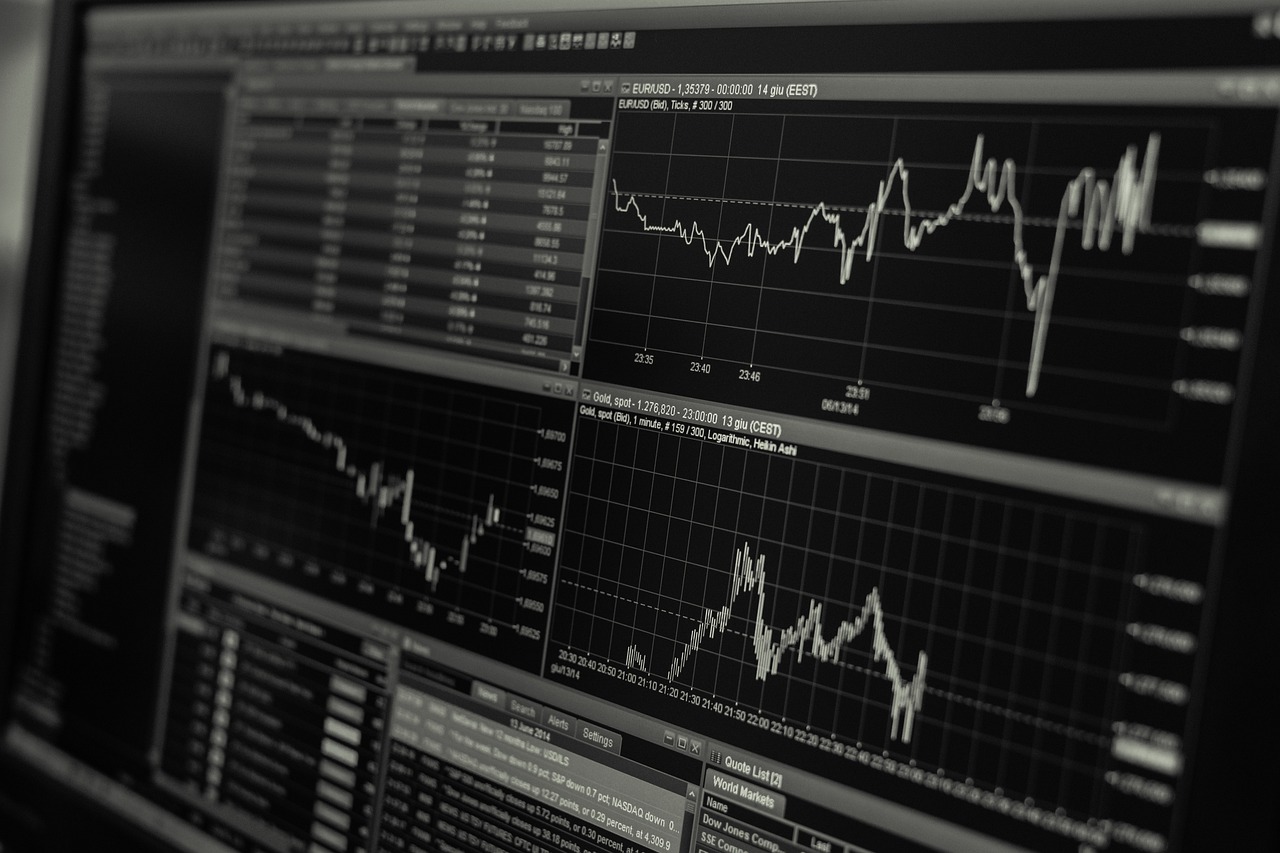In the world of industry and manufacturing, the efficiency and effectiveness of processes are paramount. Understanding and optimizing the variables that influence these processes is key to achieving consistent product quality, reducing costs, and minimizing waste. An analytical study of process parameters is a systematic approach to unraveling the intricate web of factors that affect industrial operations. In this comprehensive guide, we will delve into the art of analyzing process parameters in the industrial landscape, exploring the steps involved, tools and techniques, and the profound impact it can have on a wide range of industries.
The Crucial Role of Analyzing Process Parameters
At its core, an analytical study of process parameters involves the systematic collection and analysis of data related to key factors that influence industrial processes. These factors, often referred to as process parameters, can vary significantly depending on the industry and the specific processes being studied. They encompass variables such as temperature, pressure, flow rates, chemical concentrations, reaction times, equipment settings, and more. The goal is to gain a comprehensive understanding of how these parameters influence the outcome of a process.
The reasons for conducting such studies are manifold:
Quality Assurance: Understanding the relationship between process parameters and product quality is essential. By maintaining tight control over these parameters, manufacturers can consistently produce products that meet or exceed quality standards.
Efficiency Improvement: Analyzing process parameters can reveal opportunities to increase process efficiency. By optimizing parameters, industries can reduce production times, save energy, and minimize waste.
Cost Reduction: Improved efficiency often translates to cost savings. By identifying and addressing inefficiencies in the manufacturing process, companies can reduce operational costs and increase profitability.
Waste Minimization: In industries where waste is a concern, such as chemical manufacturing, understanding process parameters is vital. It enables the reduction of waste and the responsible use of resources.
Compliance and Regulation: In regulated industries like pharmaceuticals, understanding and controlling process parameters is essential to meet stringent compliance standards and ensure product safety.
The Analytical Study Process: A Step-by-Step Guide
Conducting an analytical study of process parameters involves a series of well-defined steps. Here is a comprehensive guide to this process:
Step 1: Define the Objective and Scope
The first and foremost step in any analytical study is defining the objective and scope of the study. What do you want to achieve through this analysis, and how broad or specific is the scope? Whether it’s improving product quality, enhancing efficiency, reducing costs, or meeting regulatory requirements, clearly articulating your goals is essential.
Step 2: Select the Relevant Process Parameters
Identify the critical process parameters that have the most significant impact on the outcome. These parameters may vary widely depending on the industry and process under consideration. Collaboration with subject matter experts and a thorough literature review can help ensure you’ve identified all relevant parameters.
Step 3: Data Collection
Collecting comprehensive data on the selected process parameters is the heart of the study. Data collection methods should be designed to capture a wide range of information, including:
Continuous monitoring: Setting up data loggers or sensors to continuously track parameters during the entire process.
Sample collection: Gathering samples at regular intervals for laboratory analysis or using field instruments to obtain real-time data.
Historical data review: Analyzing existing data and records to understand past process performance.
Stakeholder input: Conducting surveys or interviews with operators and technicians who work directly with the process.
Data should be collected under typical operating conditions to ensure its representativeness.
Step 4: Data Analysis
Once data is collected, it’s time to perform a rigorous analysis. Various statistical and analytical techniques can be applied, including:
Descriptive statistics: Calculating means, medians, standard deviations, and ranges for each parameter to gain an overall understanding of the data.
Hypothesis testing: Using statistical tests like t-tests or ANOVA to determine if there are statistically significant differences between different process conditions or time periods.
Regression analysis: Establishing relationships between process parameters and outcomes, enabling prediction of how changes in one parameter affect the final product.
Control charts: Developing control charts to monitor process stability and identify abnormal variations or trends.
Pareto analysis: Using Pareto charts to prioritize which parameters have the most significant impact on the process outcome.
Design of Experiments (DOE): In some cases, applying DOE can help systematically vary process parameters to determine their influence on the outcome.
Step 5: Root Cause Analysis
Identify the root causes of any issues or inefficiencies that the data analysis reveals. This may require further investigations, including on-site inspections, equipment checks, and discussions with operators.
Step 6: Implement Changes and Monitor
Based on the findings of the analysis and root cause identification, develop and implement changes or optimizations to the process parameters. This could involve adjustments to equipment settings, changes in operating procedures, or the introduction of new technologies. Monitor the process after implementing these changes to ensure that they have the desired effect.
Step 7: Document and Communicate Results
Document your findings and the actions taken in a comprehensive report. Effective communication is key to ensuring that the insights gained from the study are put into practice. Share the results with relevant stakeholders, including management, engineers, and operators.
Step 8: Continuous Improvement
An analytical study of process parameters should be seen as a continuous improvement process. Regularly review and monitor the process to ensure that the changes made are sustainable and continue to meet the desired objectives. As new data becomes available, consider revisiting the analysis to further refine the process.
Step 9: Incorporate Feedback
Engage with the individuals working directly with the process, such as operators and technicians. They often have valuable insights and hands-on experience that can help identify additional areas for improvement and fine-tune the process parameters.
Step 10: Compliance and Regulatory Considerations
In regulated industries, such as pharmaceuticals and food production, it’s crucial to be mindful of compliance and regulatory standards. Ensure that any changes made to process parameters are in full compliance with these standards.
Conclusion
An analytical study of process parameters in an industrial setting is a powerful and systematic approach to enhancing operational efficiency, maintaining product quality, reducing costs, and achieving compliance. By carefully defining objectives, selecting relevant parameters, collecting and analyzing data, implementing improvements, and engaging with stakeholders, industrial processes can be optimized for better performance and sustainability. Continuous improvement and a focus on incorporating feedback are essential components of this ongoing process. As industries and technologies continue to evolve, the analytical study of process parameters remains a cornerstone of achieving excellence in industrial operations.






